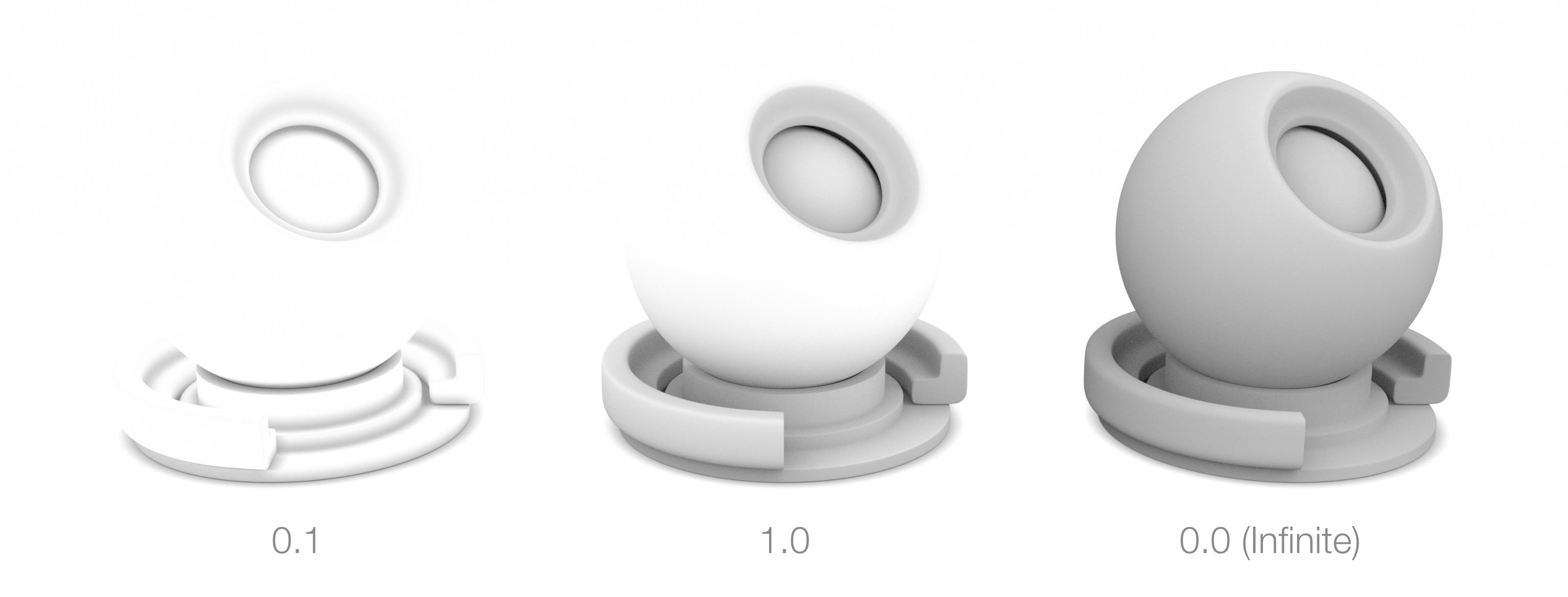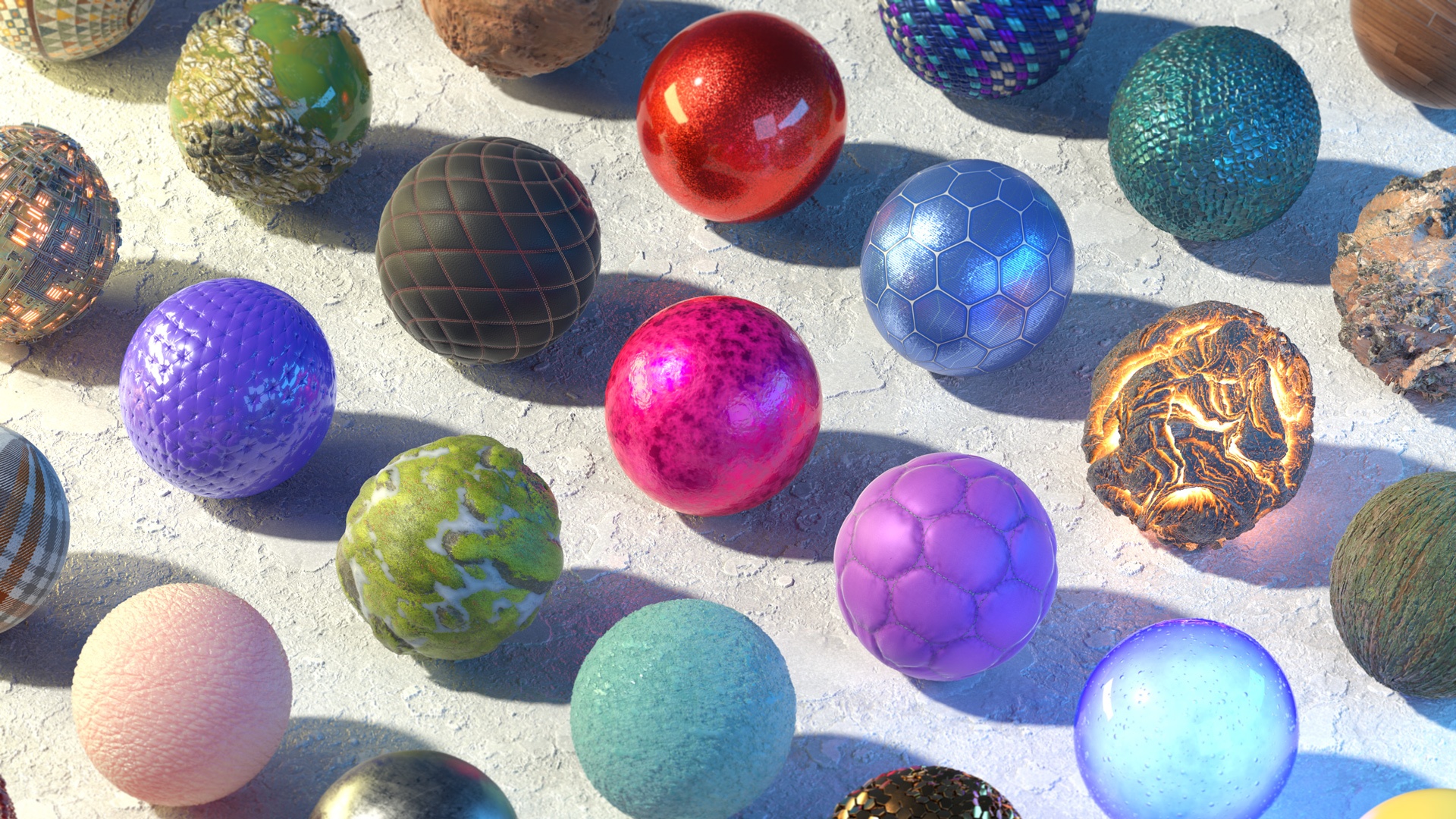

The 3Delight Principled material is our interpretation of Disney's "principled" BRDF1. Quoting from this reference, our principled material adhere to these principles:
3Delight Principled shader has more than the 11 parameters listed in Disney's reference in order to offer more control on the coat and also has subsurface parameters.
1 The reference document entitled "Physically-Based Shading at Disney" by Brent Burley is available for download here (as a PDF).
Coating |
|---|
Coating affects the overall look in three main aspects:
Thickness
The thickness of the coating layer. The thicker the layer the more it absorbs light and the less of the base layer is visible. A thickness of 0 disables the coating.

Color
The colouring producing by this coating layer. Colouring will be more prominent in thicker layers.

Roughness
Roughness of the coating layer.
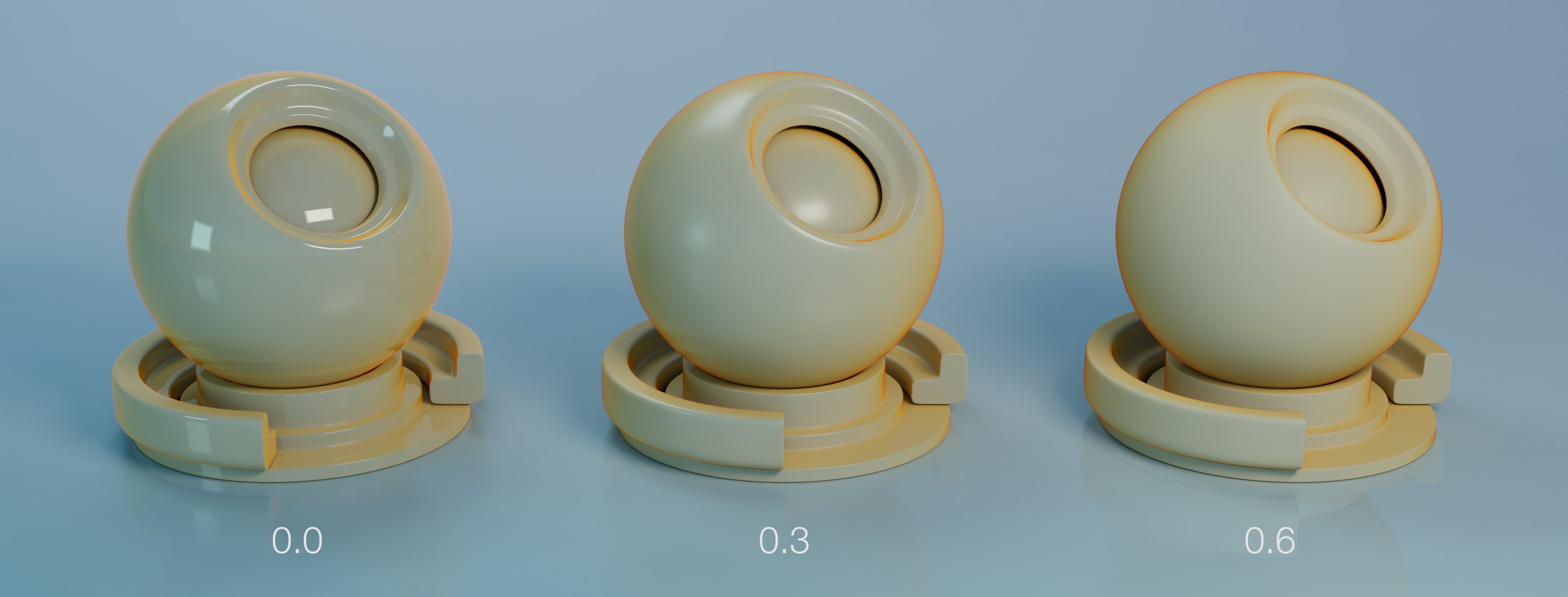
Specular Level
How "shiny" is the coating. A value of 1 means a very shiny coating.
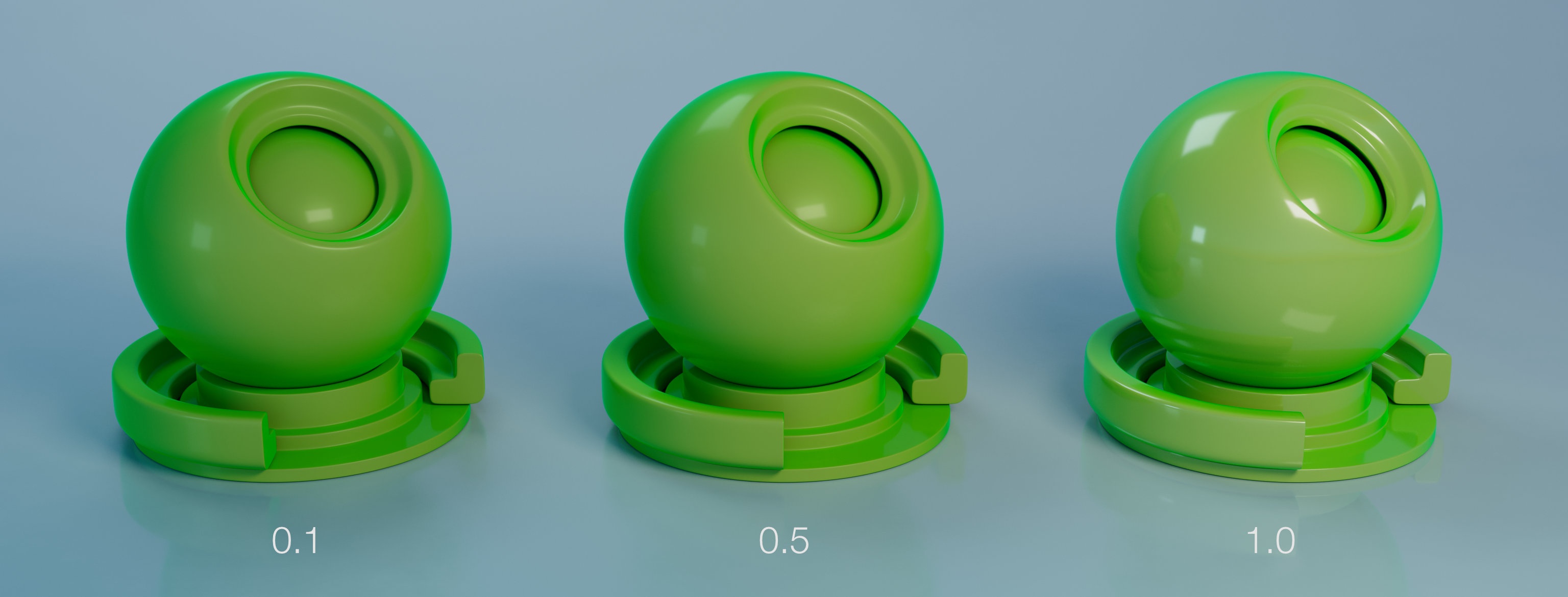
Base |
|---|
Color
The colour of the base layer.

Roughness
The roughness of the base layer.

Specular Level
Controls the strength of specular reflections on the base layer.
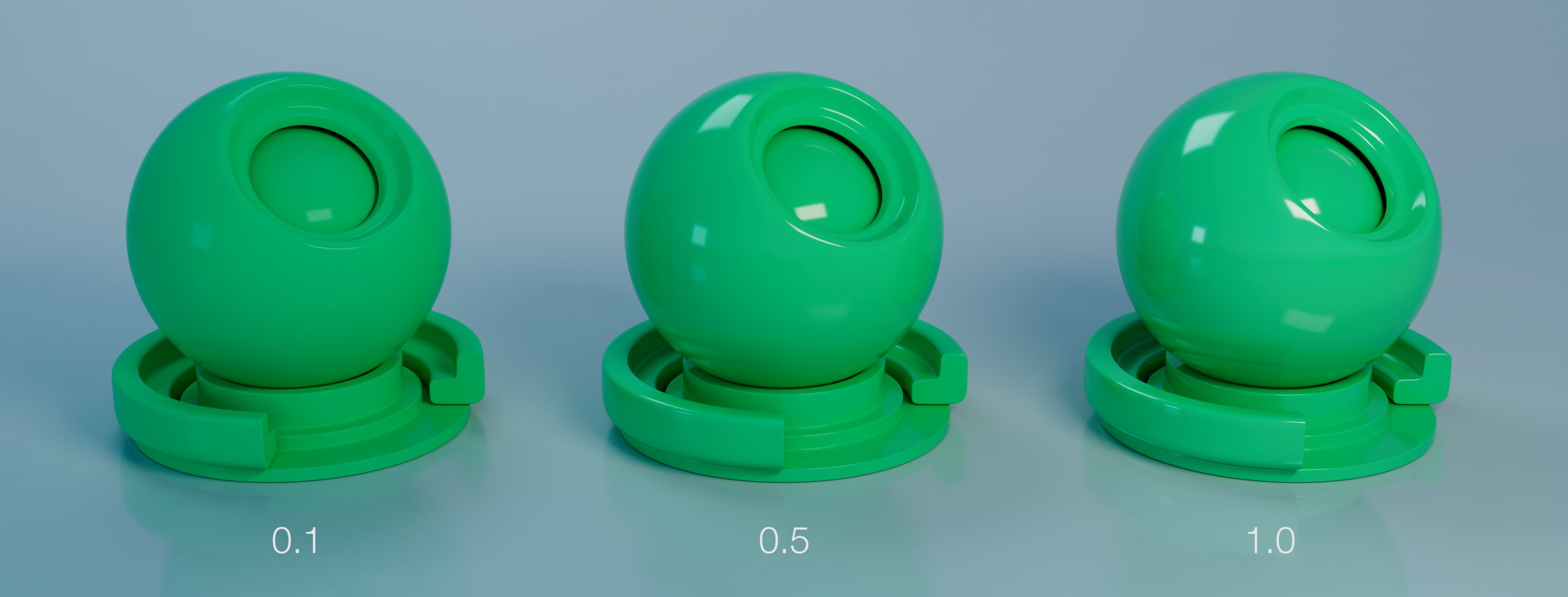
Metallic

Reflect AOVs

Anisotropy

Anisotropy Direction
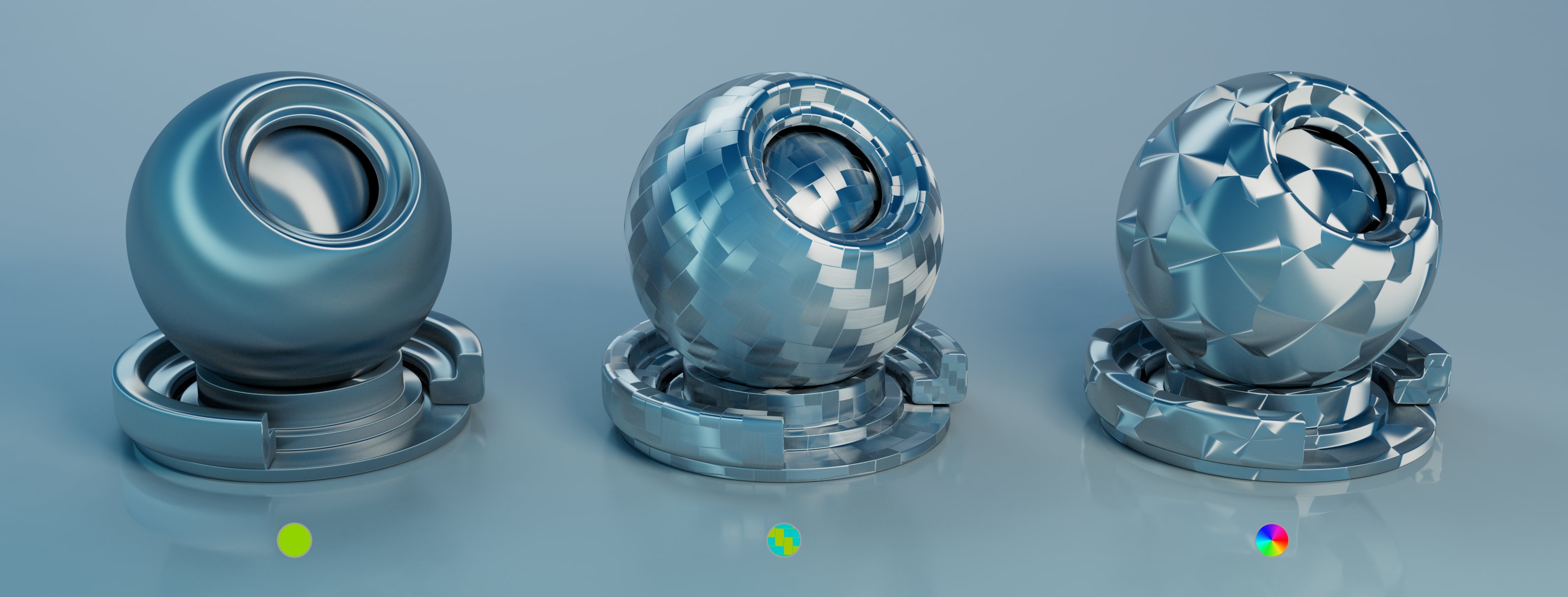
Opacity

Subsurface |
|---|
Weight
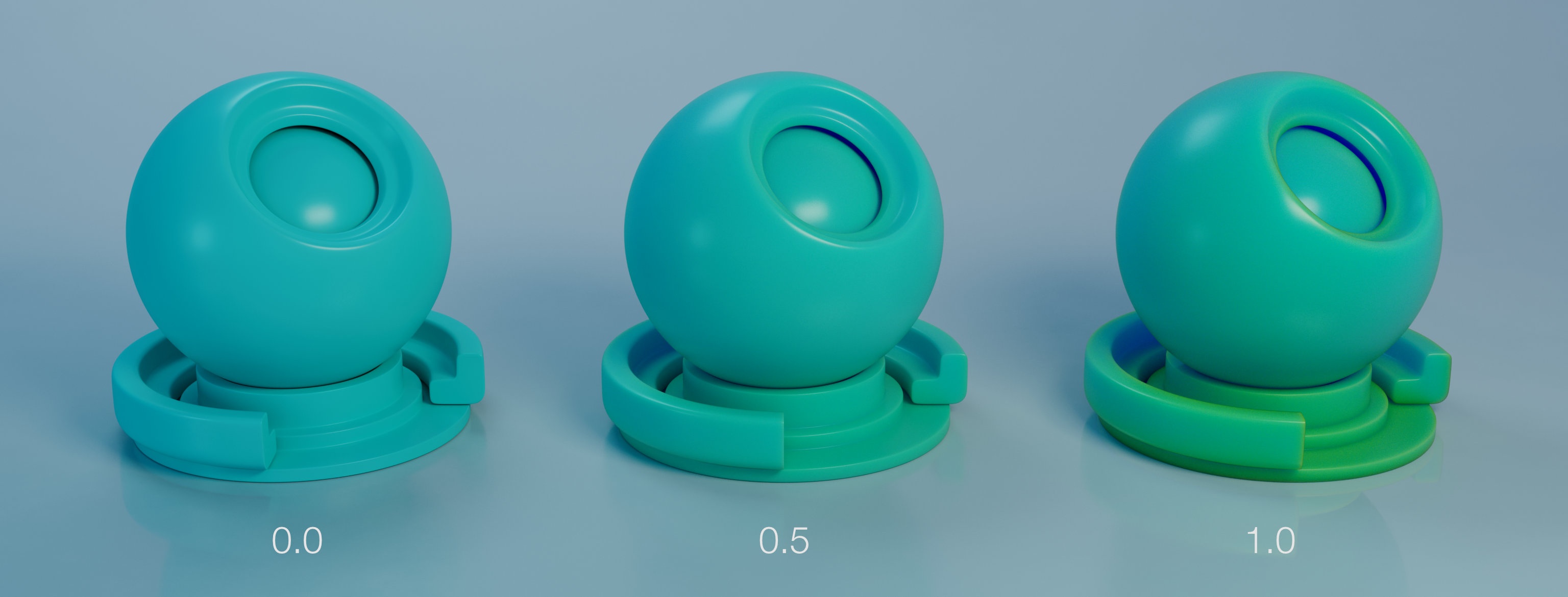
Color
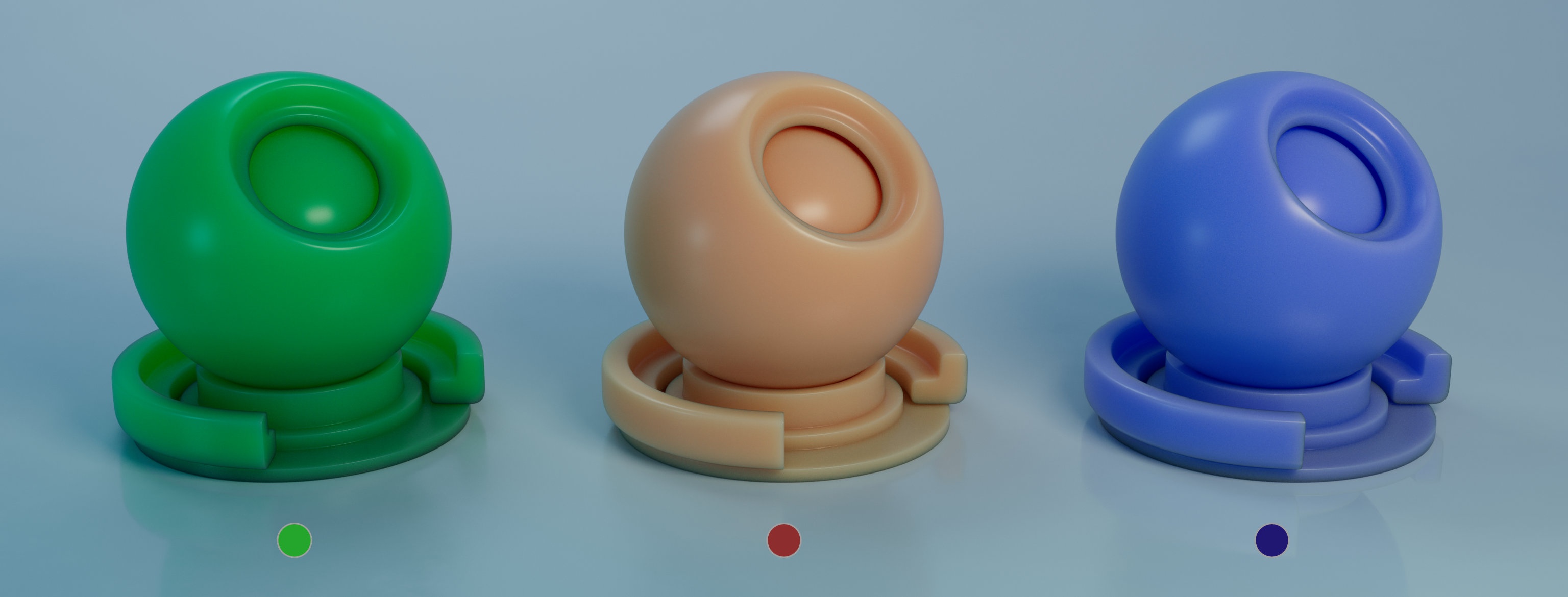
Scale

Anisotropy
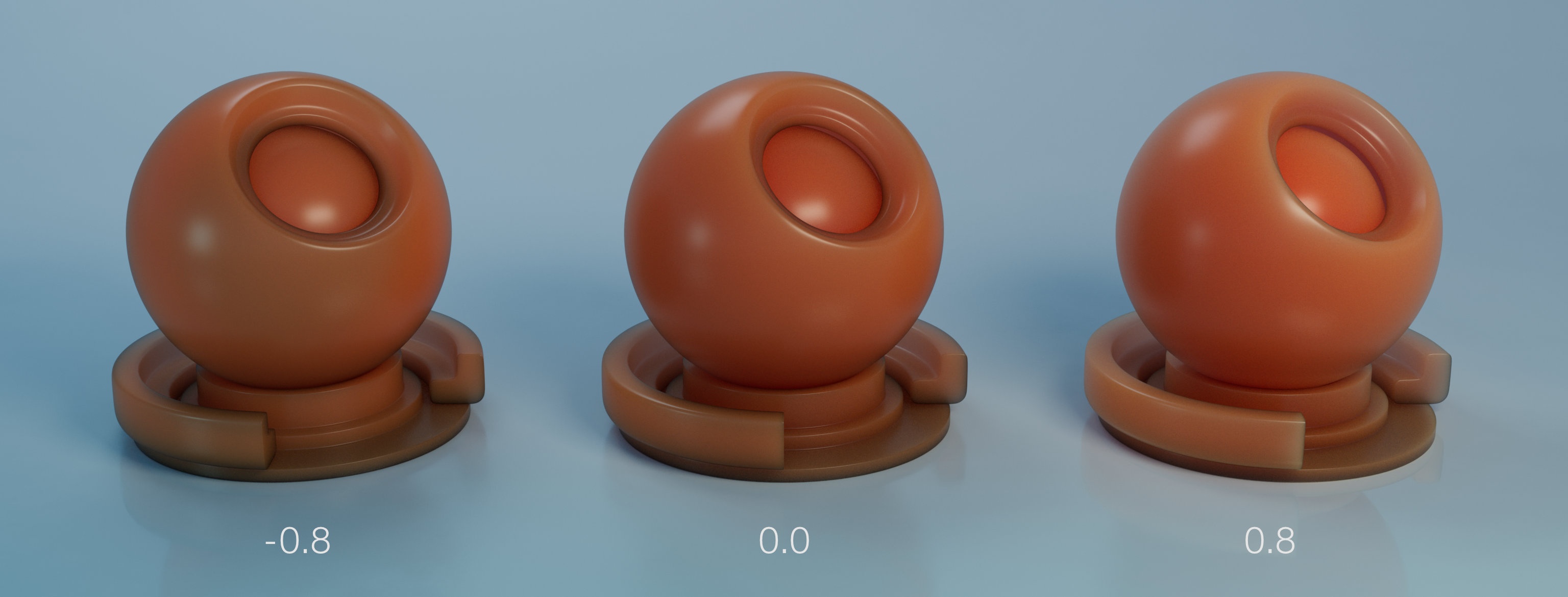
Merge Set
When two or more subsurface volumes overlap, their internal boundaries can create darker (or brighter) areas on the surface. Setting their Merge Set to an identical name disables those boundaries and their effect on the surface, effectively merging the volumes together.
Dominant Material
When two or more subsurface volumes overlap, a mix of their properties will normally be used inside their intersection. Checking this option for one of the materials will prevent this mixing and ensure it's used exclusively.
Refraction |
|---|
Color
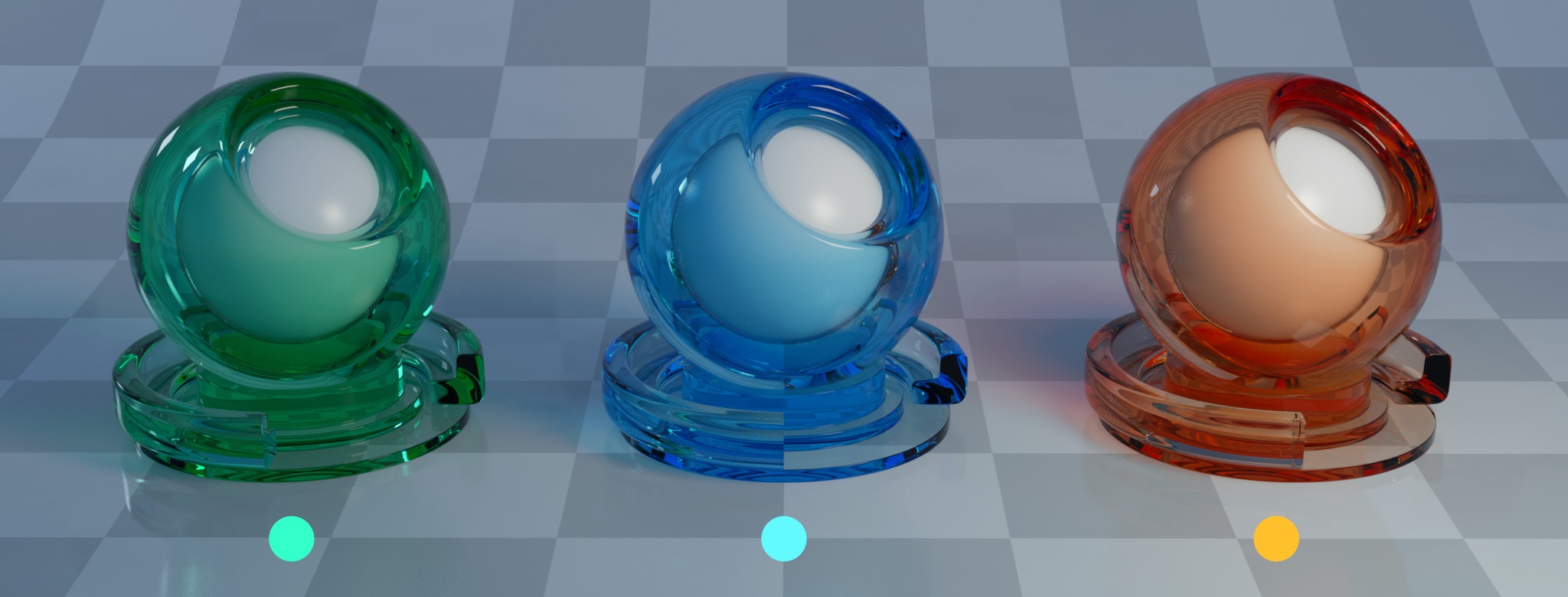
Scattering
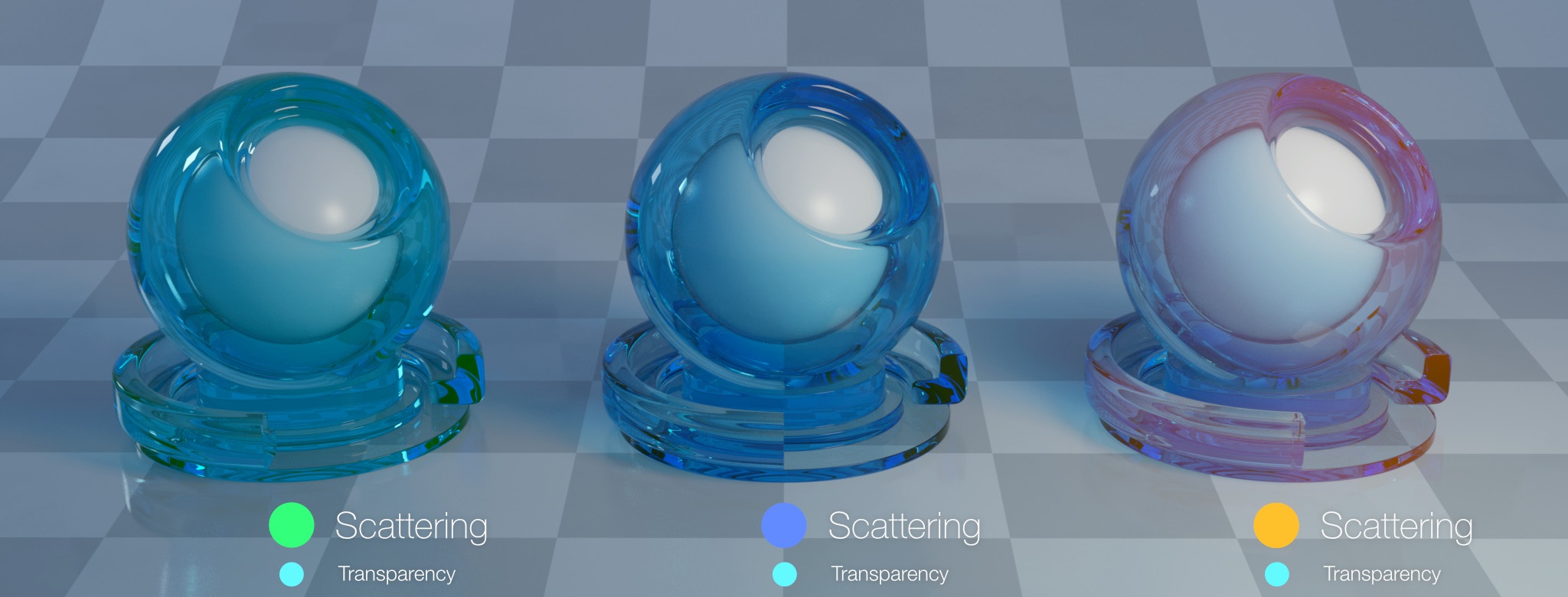
IOR
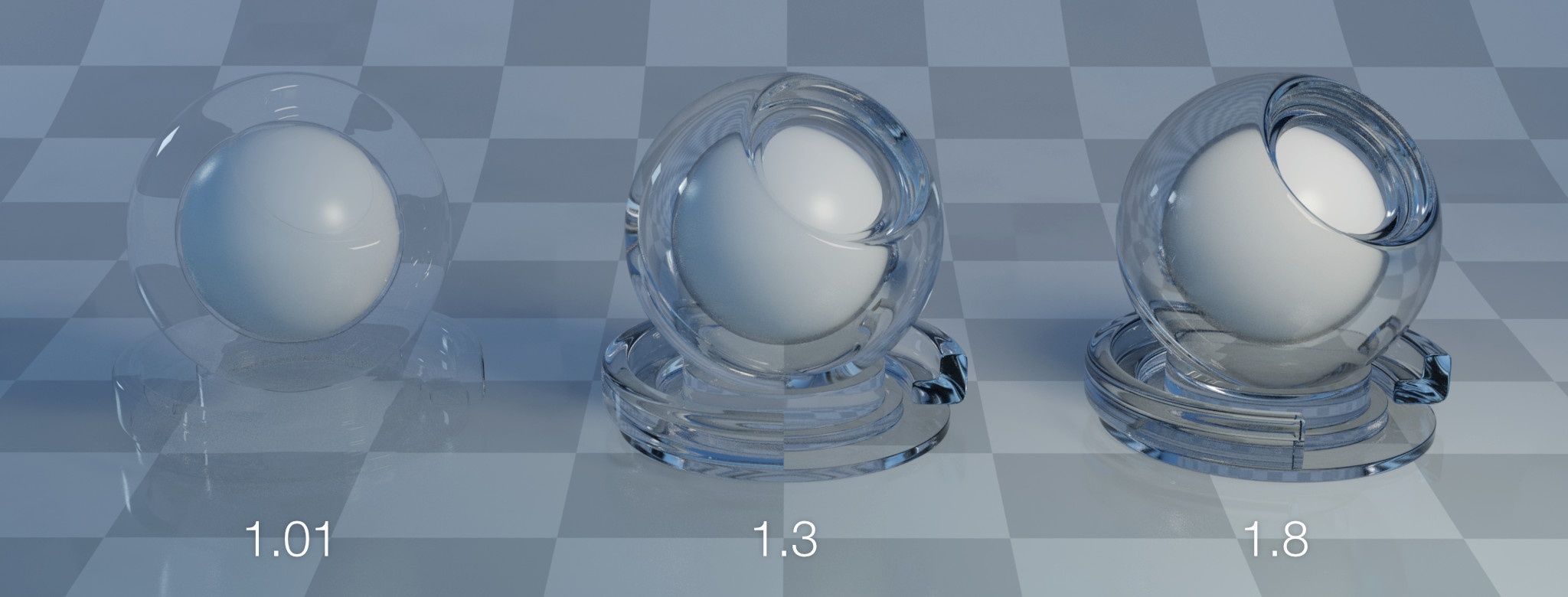
Roughness
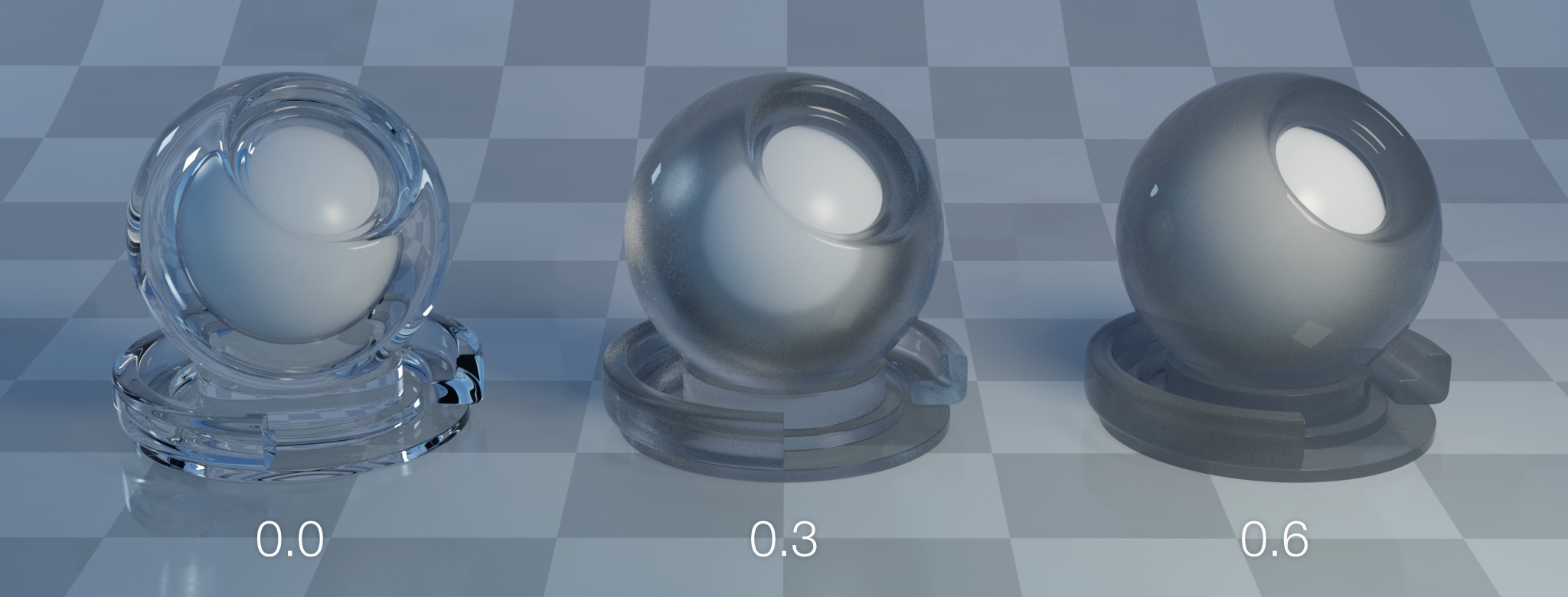
Density

Incandescence |
|---|
Color
Colour of the emitted light.
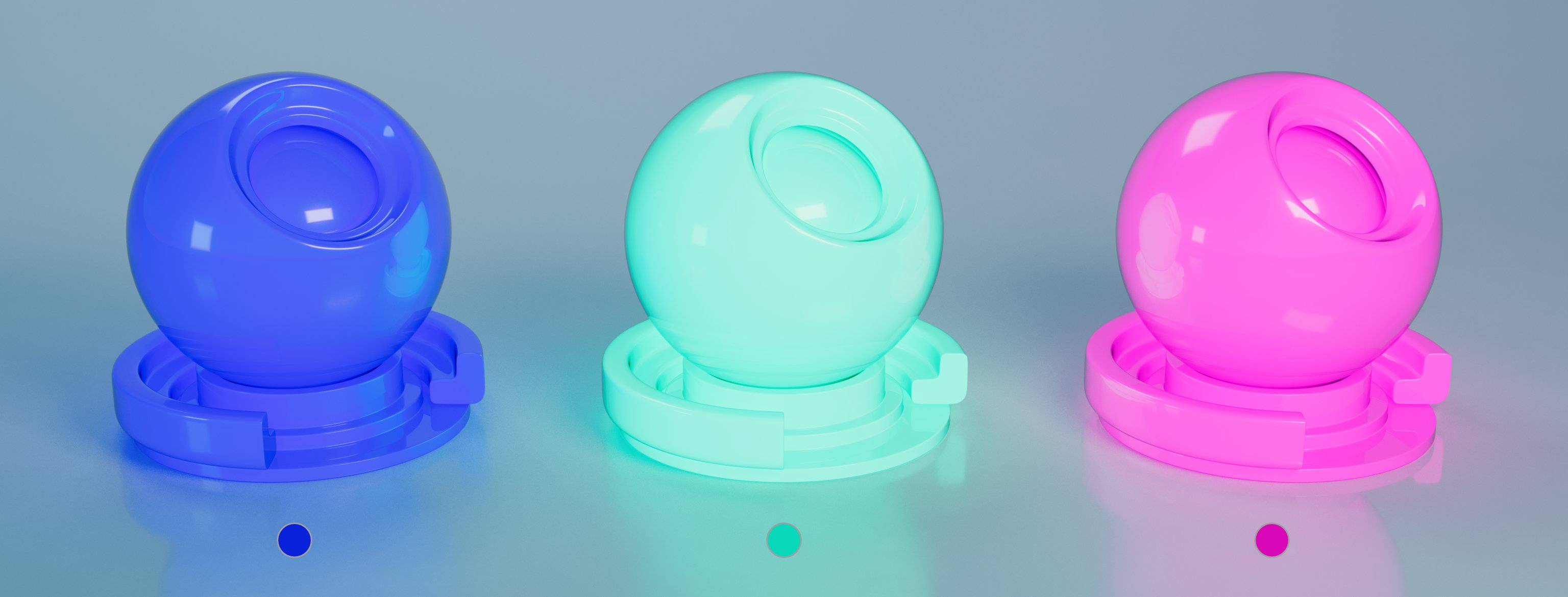
Intensity
Intensity of emitted light. Final colour is Colour * Intensity.

Bump / Normal / Displacement Map |
|---|
Geometry |
|---|
Occlusion Distance
